Whether you ride road, gravel, cyclocross, or MTB, setting your tire pressure before each ride will increase efficiency, reduce fatigue, and provide better handling no matter the riding conditions. Start by selecting your specific ride style and then choose whether the riding surface will be dry or wet.
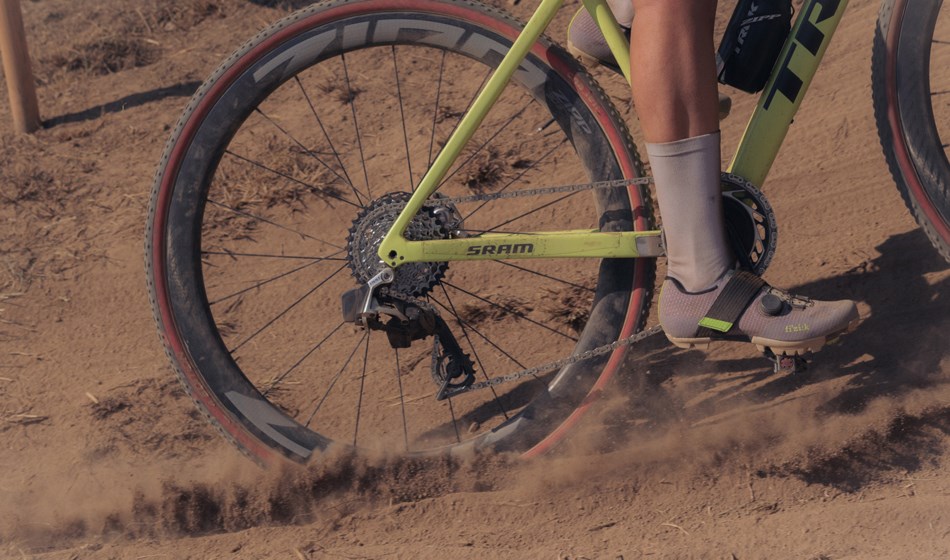
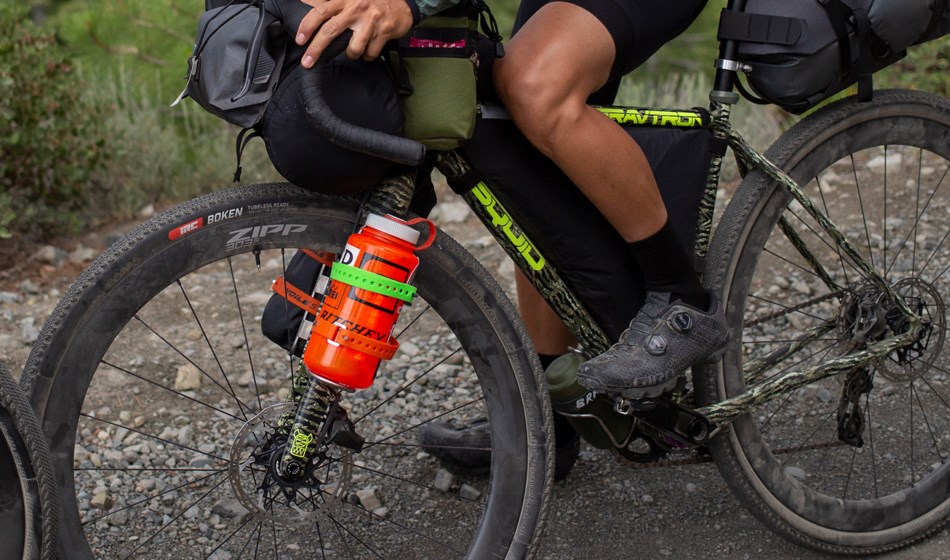
Bike weight varies based on frame size, finish, hardware, and accessories. The most accurate way to determine your bike’s weight is to have your local bike shop weigh it for you. If you have a standard scale at home, you can step on it while holding your bike and then subtract your weight.
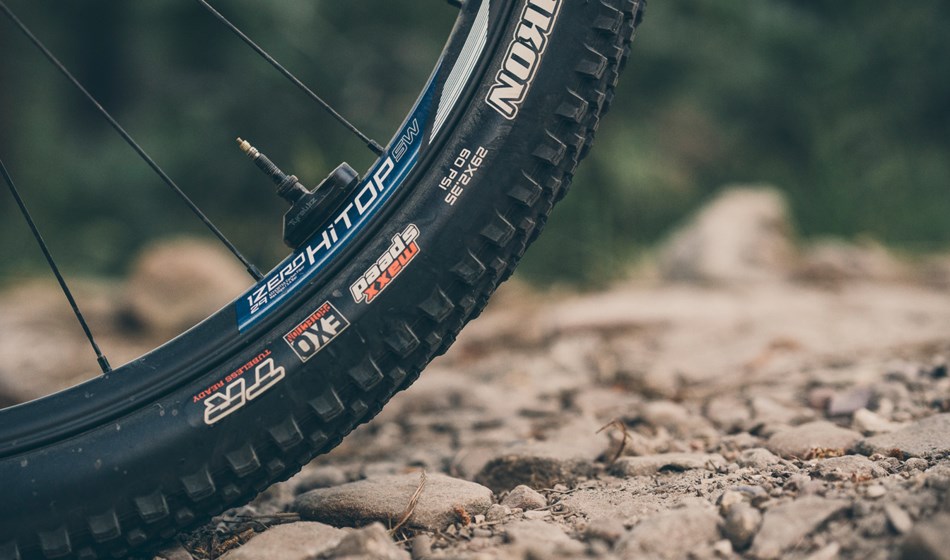
Tire width
Finding your tire width is as easy as reading the label on the sidewall of your tire. The first number you see will indicate wheel diameter and the second will indicate tire width. Road and gravel tire width is measured in millimeters, while mountain tire width is measured in inches.
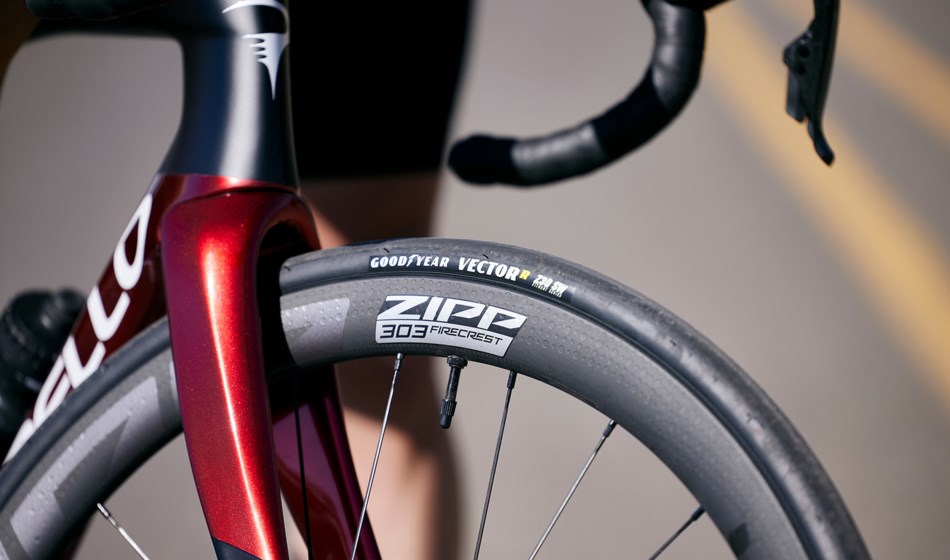
Tire casing
If you have Goodyear tires designed for Zipp, simply select the tire model from the dropdown menu. For other tires, refer to the manufacturer to determine your type of casing. A tire’s casing connects the tire to the bead and provides the structure which supports the tread. Common casing options include the following:
Thin: Light and supple tires without additional sidewall or puncture protection
Standard: Likely to include layers of sidewall and puncture protection
Reinforced: Extra material or inserts for maximum protection and sidewall stiffness
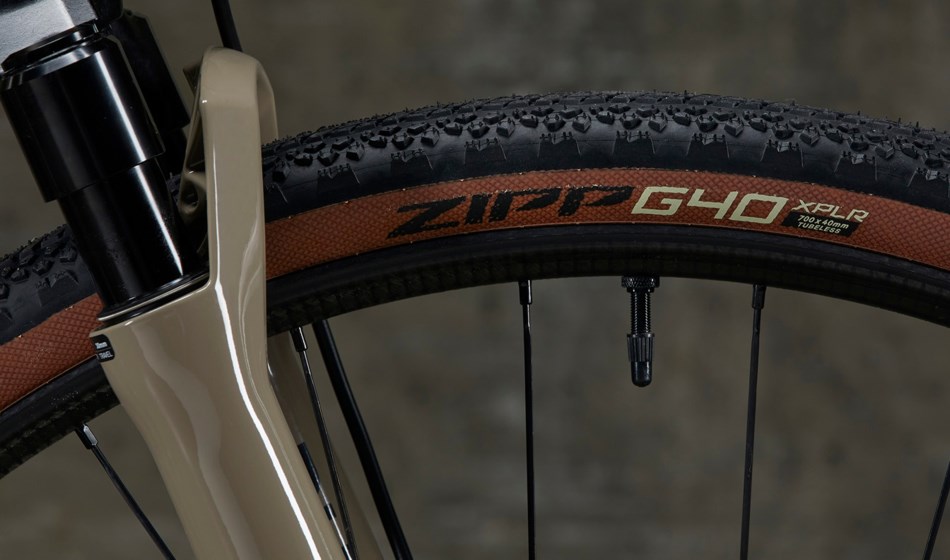
Wheel diameter
Listed on the sidewall of your tire, you’ll find your wheel diameter. Road and gravel will be 700c, 650b, or 650c, while mountain will be 29, 27.5 or 26 inches.
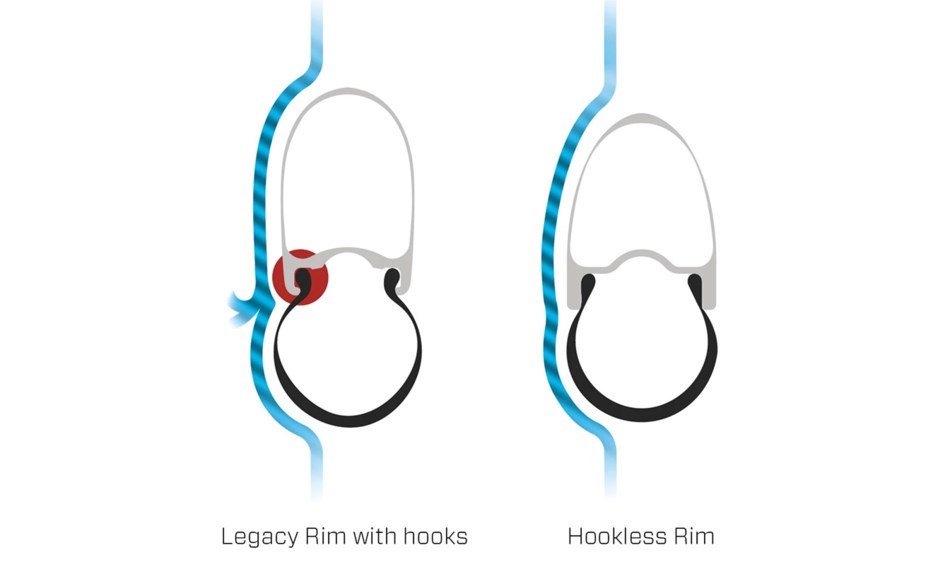
Rim type
The rim profile on new Zipp wheels is considered “hookless,” or tubeless straight side, which refers to the shape of the rim at the outer diameter of the tire bed. Traditional road clinchers have inward hooks at the rim’s edge, called tubed or tubeless crochet-type, where the tire bead attaches to the rim. Tubed or tubeless straight side rims have no hooks at the outer diameter of the rim. If you aren’t sure which type of Zipp rim you have, contact us here. For non-Zipp rims, refer to your wheel manufacturer.
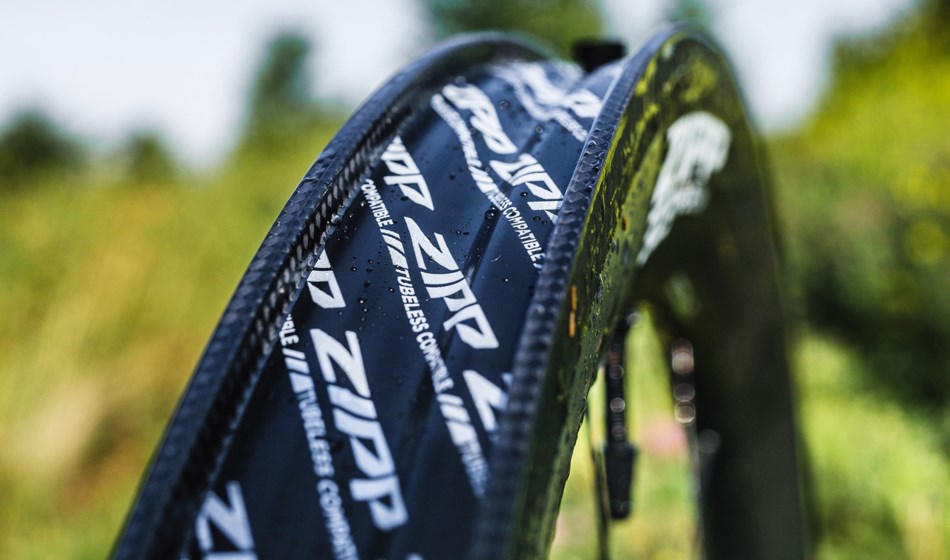
Inner rim width
This is the distance between the innermost edges of the rim walls, where the tire beads sit. The Zipp Wheel Finder lists this measurement for all current Zipp wheels. Find your Zipp wheel here.
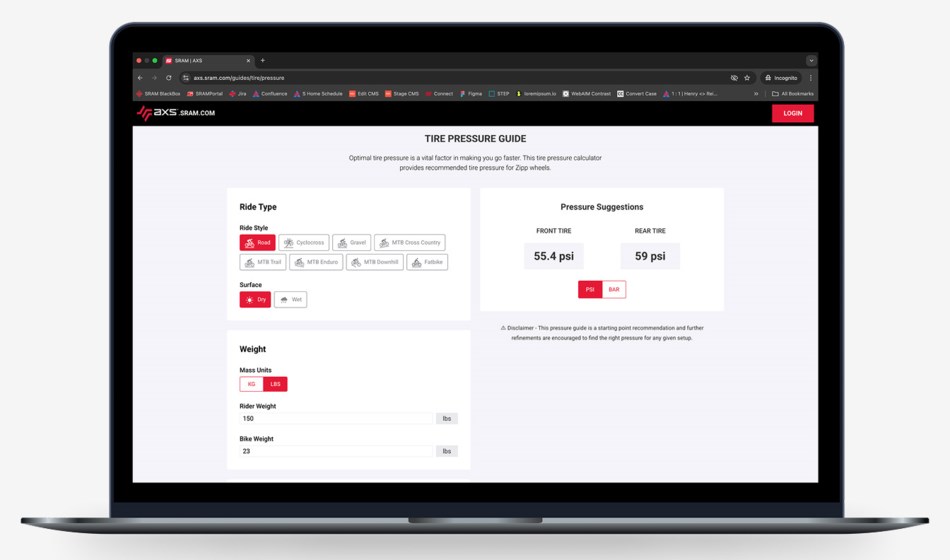
Now that you’ve entered all the necessary info, click “calculate” to see your front and rear tire pressure suggestions. Keep in mind that these recommendations are considered a starting point, and we encourage you to make refinements to find the right pressure for any given setup.


